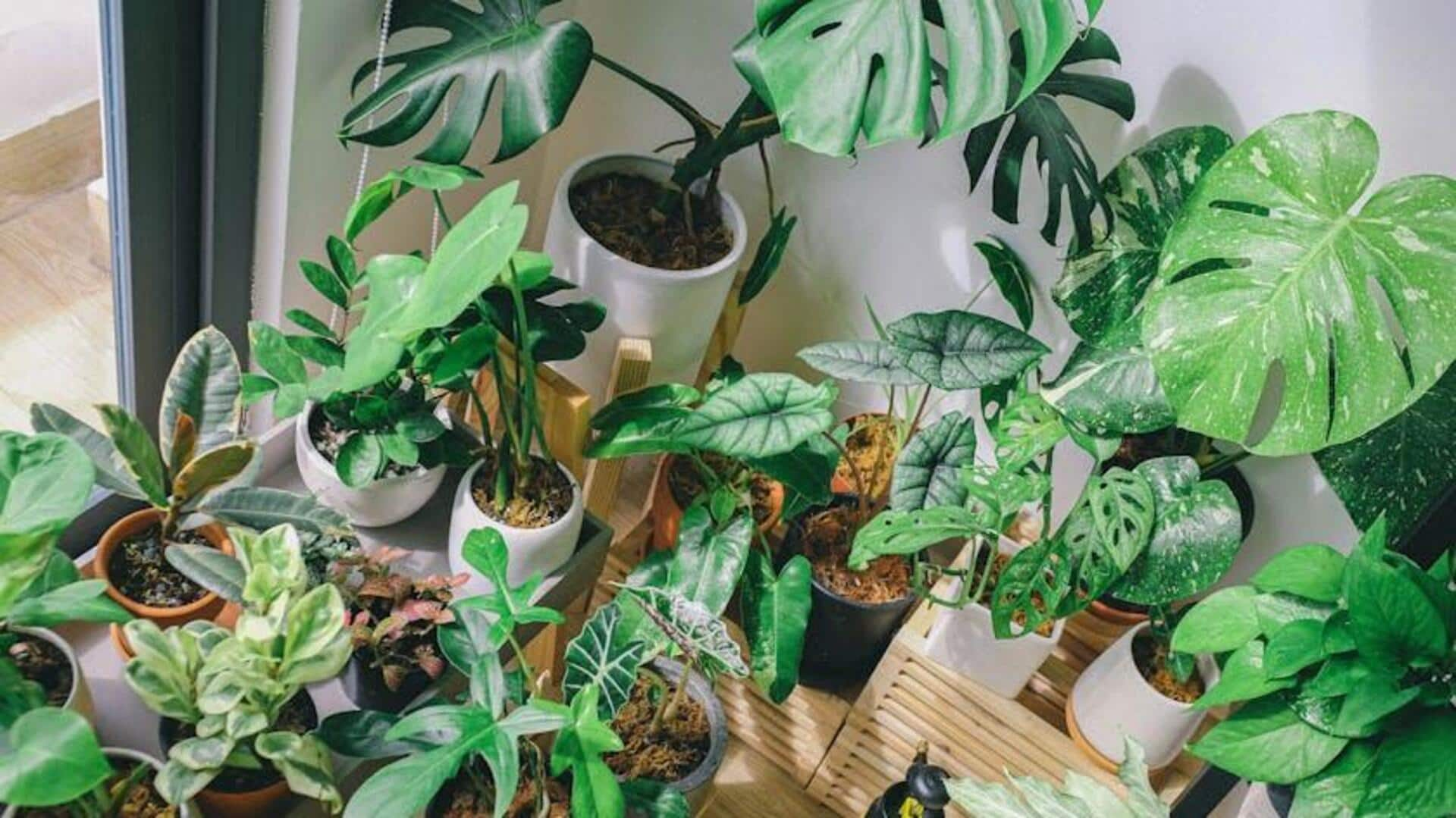
Grow lights 101: A must-have for indoor gardening
What's the story
Indoor gardening provides the joy of nurturing plants all year round, no matter what the weather is like outside.
One of the most important factors for successful indoor gardening is choosing the right grow lights.
These lights replicate natural sunlight, giving plants the necessary energy for photosynthesis and growth.
Here's a look at different types of grow lights and their benefits to help you choose wisely.
LED option
LED lights: Energy-efficient choice
LED grow lights have gained popularity due to their energy-efficiency and long life. They consume less electricity than traditional options, cutting down overall costs.
LEDs emit specific wavelengths that suit different stages of plant growth, making them suitable for different types of plants.
Further, they emit very little heat, minimizing the risk of burning plants.
Fluorescent option
Fluorescent lights: Affordable and effective
If you're just getting started with indoor gardening, fluorescent grow lights are an affordable option. They offer a broad spectrum of light ideal for seedlings and leafy greens.
Compact fluorescent lamps (CFLs) are easy to install and come in a range of sizes.
Although not as efficient as LEDs, they still make an economical choice for small-scale gardens.
HID option
High-Intensity Discharge (HID) lights: For larger gardens
High-Intensity Discharge (HID) lights are perfect for bigger indoor gardens requiring high light output.
Metal halide (MH) bulbs promote plant growth with blue-white light, while high-pressure sodium (HPS) bulbs promote flowering with red-orange light.
While HID systems consume more energy and produce heat, they provide strong results in terms of yield.
Full-spectrum option
Full-spectrum lights: All-in-one solution
Full-spectrum grow lights are designed to simulate natural sunlight, covering all essential wavelengths required for each plant stage, from the seedling stage to the flowering stage.
This technology allows a smooth transition between growth phases without having to replace lights, providing consistent and ideal lighting conditions throughout the year.
It simplifies indoor gardening by providing a single solution for all plant requirements.
Intensity & duration
Consider light intensity and duration
When selecting grow lights, keep in mind the intensity and duration your plants need.
The light intensity determines how quickly the plants photosynthesize.
So, keep the distance between the light source and the plants mindful to avoid burning the plants or not giving them enough time.
Generally, 12-16 hours of light per day works for most plants. But, it may vary by species and growth stage.